Leaderboard
Popular Content
Showing content with the highest reputation on 07/07/2024 in all areas
-
8 points
-
Anyone growing Chrysalidocarpus ifanadianae? Mine is getting some size and showing some purple coloring on the crown. The only other Chrysalidocarpus that I’ve seen with purple coloring is Sp. Metallic Ovobontsira. I’ll get a picture of the entire palm soon. please post pictures if you are growing this palm6 points
-
The Hawaii Island Palm Society had been wanting to organize a tour of Jason’s amazing garden for several years, but parking logistics never worked. The planned move lit a fire under the board. It was now or never. We hired two vans to shuttle groups of 20 visitors at a time to Jason’s and another nearby garden that also had limited vehicle access. The hosts repeated the tours for four consecutive groups of 20. It was a very, very long day, but the folks loved visiting both properties in groups small enough to allow plenty of questions. Jason must have one of the best collections of primarily Madagascar palms in a residential sized property. Even though the garden is relatively young, the growth rates have been off the charts. It’s a (very manicured) jungle. Jeff Marcus quipped that he had never visited a garden filled with so many Floribunda baby palms that he now couldn’t identify after they had grown 20 ft tall and were flowering. Lots of beautiful, unusual variants and hybrids. Several one-of-a-kind. HIPS is very grateful to both hosts for opening their wonderful gardens. We eagerly look forward to touring Jason's new, much larger garden (on deep soil!) that already has lots of palms in the ground. Several incredible palm gardens on the Big Island have changed hands in the past ten years. It is always a nail biter wondering if the new owners understand and appreciate what they have just bought. So far, each buyer has fully embraced their new garden and became palm aficionados. Sure hope whoever buys this property values the rare palm collection.6 points
-
5 points
-
When they refer to palm fronds, they mean whole fronds, at least where I am. A well cut to pieces “frond” is no longer a frond. It’s just minced up plant material. My refuse company now wants ALL green waste including palm fronds and even kitchen waste like bones and meat scraps thrown in the same bins as the yard waste.5 points
-
What I noticed before anything was the butchering of those poor palms. Green fronds should never be pruned off of any palm species unless absolutely necessary. Those green fronds are feeding the rest of the palm through photosynthesis. Don’t ever let your tree guys do that again. Besides that, it just looks horrible.4 points
-
You might be able to trim roots out but the idea of putting drought resistant plants and succulents near queen palms seems a poor companion plant match. Queen palms are water lovers, succulents are not. I would either get rid of the queens as they are already stressed by being way over trimmed, so another stress from the root removal could be the coup de gras. Alternately, you could grow the dry adaptable plants in containers or raised beds and try to water and feed the queens separately for recovery. IF you want drought tolerance plants, they are best near drought tolerant palms.4 points
-
4 points
-
3 points
-
3 points
-
I believe we already warned you about this. It needs to be planted ASAP. That's burn and its not going to get any better.3 points
-
Yes,it is. Also having your palm in a fully exposed black nursery container is probably also cooking the roots. Have you ever put your hand against the sun side of that container at noon? Ouch! You have 3 choices that could help your palm survive the summer. 1. Shield that existing pot from any direct sun exposure by wrapping, or by putting that pot into an even bigger one to shield it. 2. 'plant' the existing pot into the ground. It will still be easy to move the plant later on if need be. 3. Plant the tree in the ground already! This is your best option to establish a healthy tree that will grow on for many years in our area. aztropic Mesa, Arizona3 points
-
3 points
-
3 points
-
I don’t recommend it. Palms are root sensitive and hate having their root systems cut, broken, hacked of otherwise messed with. They are not woody trees but are related to grasses. They cannot heal from damage done to them and very likely will die. They are queens and old ones at that. They are common as dirt and almost as cheap. You have much better palm candidates available where you live. I suggest you take the money you’d blow hacking up the roots, remove the queens, then re-landscape3 points
-
wasps seem to prefer bismarckia over other big fans in my yard, though I once found a small nest on a copernicia fallaensis leaf. I dont spray aggressive chemicals on my palms just vinegar or water. I have lots of anoles(small lizards) in my yard and they eat all kinds of bugs. Might be they dont eat wasps, but I dont want to kill those anoles with pesticides and watch the mosquitos/biting flies flourish. I have frequently seen these lizards eat mosquitos and flies. They are part of the balance of my yard which actually has few mosquitos. In the past, a high pressure stream of water will blast wasps off the nest, then I remove the nest with a pole. Today there is 20' clear trunk on my Biz, I have not seen wasps last 4-5 years. Maybe wasps dont like being way up there in a windier environment. I am not allergic to bee stings, so my risk is not that high, they just hurt for a couple days. If I was allergic I would use a wasp killer for sure.3 points
-
Alex, can you tell a little more info about the palm in question? -how big is it (looks to be fairly small) -how long ago was it planted? What soil medium is used? -when purchased, was it pulled from a greenhouse? -what’s the sun exposure? -irrigation schedule? To me….it looks like it’s simply acclimating to its current conditions. “Damage” to older leafs isn’t nearly as big of a concern than to new foliage. -dale3 points
-
3 points
-
Encephalartos laruentianus will have the longest leaves of the group. They are vigorous growers too. I'm not growing pure Encephalartos whitelockii, but have a couple of hybrids with sclavoi, which changes the leaflets as well as the overall length of the leaves. I also have a couple of Encephalartos ituriensis, and for caudex size have no where near as long of leaflets as my Encephalartos laurentianus had at the same size. Leaves on Encephalartos laurentianus are very upright and straight until they get pushed down by a new flush or emerging cones. Female Encephalartos cones and both my E lauriantus and one in a garden on the Big Island east side. My wife for scale in Hawaii. The next photo is a flush from a couple of years ago on mine after I cut off the previous flush showing how erect they are. I'll see if I can get a clean shot of it today holding two flushes and no cones.2 points
-
Interesting topic Kim! I agree that my PR native Roystoneas make it impossible to plant anything I really like under them. I don’t let any new ones grow up, but that leaves (pun unintended) many really big beautiful ones so numerous I have never counted them. The previous owner planted them to mark the property lines plus many others in the interior. So pretty and survivors of all but utility chainsaws. We do have free weekly garbage pick up and they take anything I can fit in large construction size bags, but way too much trouble to chop and haul from afar. Now I worry that my piles of green waste may turn into prime breeding spots for rhino beetles…. I am careful where I plant my spiny favorites because I know I will be the one handling the fronds that fall.2 points
-
2 points
-
So Kim, what is a long way off from trunking on the east side of the Big Island? Next year or a year and a half?😄🤣😂2 points
-
I have 2, but they are still small. Planted in January 2019 from 1-gallon pots, the fronds are getting taller, but a very long way from forming a trunk. I'll take a closer look later today.2 points
-
Oh, yes, I have the big green can in San Diego, but my palm garden there is minuscule, not a single really big palm, only a few Howea and Phoenix roebelenii. Easy enough to cut up and stuff in the bin. At my place in Hawaii, there is no garbage collection; one must take loads to the "transfer station" for recycling, garbage, and green waste. I could never load the weekly accumulation of fronds into a vehicle, and with a couple of acres, the compost heap is the best option. With the ample rains here, the organic matter does break down over time. One of my oldest compost heaps that I quit using some years ago has completely disappeared.2 points
-
I've had them nest on Washingtonia and Livistona chinensis fronds. A decade ago I invested a few bucks in a pool toy squirter. Mix some dish soap in a bucket, fill the squirter and take aim from several feet away. My aim isn't perfect but I rarely have to reload! 😜 Problem solved.2 points
-
2 points
-
Wow , someone really over trimmed those . I understand because Syagrus Romanzoffiana are quit messy when they flower . The roots can be hacked out for additional planting of other plants but remember , palms , especially these love lots of water , so plant other plants that can benefit . Harry2 points
-
Try to spend at least 5 days in Melbourne if you can. It's the food, culture and theatre capital of Australia. A good place to find a nice frock too. The Dandenong Ranges are temperate rain forests, with the 100 metre Mountain Ash eucalypts and Dicksonia tree ferns in habitat. Lovely gardens and restaurants up there too. On the other side of the city are the You Yang Ranges, open dry sclerophyll bushland and an easy 1 hour hike to the top that gives you views to the city, Port Philip Bay and across to Geelong. On the south side, the Mornington Peninsula goes all the way to Bass Strait, with lovely beaches all the way from the city to the Port Philip Heads. On the other side of the Peninsula is Westernport Bay (meh) but further south are the wild surf beaches for the intrepid types. The Botanic Gardens are quite lovely and some of the palms may surprise you. The Victorian Art Gallery is always well worth a look too. Best of all, apart from the far end of the Mornington Peninsula, nothing is further than one hour from the city. As for Brisbane ...well the Botanic Gardens are interesting ( City and Mt Coot-tha) but nothing within 2 hours minimum to look at apart from those. ( unless you wish to experience the rapture felt by those fortunate enough to gaze upon my beauteous countenance) Peachy2 points
-
2 points
-
2 points
-
Some may say those are planted a little too close to the house, but not to worry. In my experience, these seem to grow well, even under cramped conditions. I have a couple that I direct planted the seeds into the ground only 1 foot away from the wall. (Seeds planted about 5 years apart) Trees are both growing great in the Arizona desert. aztropic Mesa, Arizona2 points
-
2 points
-
I actually have three cans , mainly because of all the weeding that is done on my slope weekly. The funny thing is , a couple years ago our city switched trash companies. The new cans have a noticed stamped on the lids “ no palm fronds” . I haven’t been busted yet , maybe because I usually cut the fronds up to fit inside the can so they can’t see them. Harry2 points
-
Yea that was my impression as well, it’s a very small square footage Nursery but they pack in the plants and are VERY Palm heavy they even they have massive size Mules and even some more exotic stuff like Copernicas, they get all their Palms from the Valley here in Texas. Padre Palms gets them trucked in from Florida so this is also something to consider. I have chatted it up with the staff at both locations and pressed them for Palm origin info. Prices are high you could drive down to the valley and pick up the same palms for cheaper but great to browse. You better have a Victorian-era fainting couch nearby when you check out the prices on the large Mules though… Turners had 2 CocoQueens a while back that were really pretty looking and large sized, not that I would take a chance on one here.2 points
-
2 points
-
2 points
-
...Got your attention ayh? ..Wrong type of grass yerr' thinking of buddy.. 🙃 Noting how difficult it has been to start native grasses from seed in pots over the last couple years, i decided to conduct a trial this year to see if direct -sowing would work out better after noticing that some AZ Cottontop, Digitaria californica i stuffed seed of in a pot w/ one of my Bursera took off after germinating and seems to be happy where it is, despite growing in grit and dealing w/ the heat. This is in spite of all the other repeated failures w/ batches of grass seed i'd collected over the past 3 years when sown in pots, both this time of year, and during the fall / spring. Being C4 -type grasses, this is usually the time of year 95% of our native species sprout. Regardless, time to try something different rather than mirroring an insane person ( the old adage of repeating something that always fails ).. In this case, want to have a variety of our native grasses mixed in among the Baja Ruellia and Russelia in this bed.. Can't show folks the types of grasses they should be growing here if i don't have examples growing, besides the Leptochloa out front. Using an idea i trialed last winter to get certain Asclepias seed germinated, i cut up several flimsy 1gal pots and used then as inserts ..inserting them directly into specific spots so i can easily monitor what the seed sown within them is doing as they germinate. Because the pots have no bottoms, whatever pops up within the space inside the pot can root directly into the ground w/out any restraint. Once the seedling are rooted in well, i can remove the inserts w/ out any trouble. Because the soil grasses start off in has to stay moist while they germinate, esp. this time of year, using fines collected after sifting down bags of Decomp. Granite work well as a seed bed. A little grid ironing helps the seeds settle in place.. After sowing what seed i want down, the next largest sized fines sifted from the bags is added as a cover which seed can easily germinate through. Black seeds = Proboscidea parviflora ..or lousisianica.. Not sure which. After misting or lightly soaking, shade cloth is laid over top to help create an ideal germinating environment. Once the seedlings have reached a good size, i can remove the shade. Will hopefully be a little cooler / will be getting some rain by then. In the case of these two examples, there is a 2gph dripper going to them. In the others i laid out today, i may leave them w/ out a dripper directed to them. In this close up of one of the first created, you can already see some seedlings starting to emerge.. The second one also has seedlings starting to pop. Species utilized for this trial include: AZ Cottontop, Digitaria californica Whiplash Pappusgrass, Pappophorum vaginatum Hairy Grama, Bouteloua hirsuta Rothrock's Grama, Bouteloua barbata rothrockii Blue Grama, Bouteloua gracilis ( Cienegas collected ) Sprucetop Grama, Bouteloua chondrosioides ..What seed of it i had left ..and/ or ..Or Purple Grama, Bouteloua radicosa Sideoats Grama, Bouteloua curtipendula Plains Bristlegrass, Setaria leucopila Crimson Bluestem, Schizachyrium sanguineum Feather finger Grass, Chloris virgata, an interesting summer season annual. ...And another sp i'd purchased in Tucson, the name of i can't remember atm.. All species stay in the 1-3ft max height range and are all long- lived perennial bunch-type grasses, with the exception of Chloris virgata.. I also added seed of two Devil's Claw / Proboscidea sps, Seed of an Asclepias sp i'd collected in Sonoita, and what seed of our native Purslane, Portulaca suffrutescens i had left ( Another native that appears to be a challenge to start in pots ) Just to see if i can get any to sprout. to the trial pots.. Aside from something as simple as grasses, can see this set up working when sowing Palm Seed, or trees, Perennials, etc that may be tougher to grow in containers.. ....Now to see what happens1 point
-
Today my wife and I went for a walk after spending the last three days in the garden. Yesterday was very warm and I think I got a little too much heat while planting my babies. About two blocks down the hill one of the older homes has some Ravenna Rivularis in the front yard and as we walked down the adjacent street , I saw the top of what looked like a Wodyetia ! So we turned down the street and they have a similar wall in the same direction ( north -south , south and east exposure)as the wall in our courtyard. Their Wodyetia was planted right by the wall and looked great. HOPE! Harry1 point
-
1 point
-
I am not an expert but that looks like a Butia to me , probably Oderata . I think the true Capitata are smaller trunked. Harry1 point
-
Agreed with everything said. I’m so lucky I bugged @Hilo Jason to let stop by and peruse the garden last year while on Vacation. It was eye opening. We had a bit of an IPS meeting ourselves with myself, Jason, @Justin & @realarch . I’m sure the other property will be a better example of palms if that’s even possible. Good times. Whoever purchases the house will be a very lucky person thrust into New Cal mecca. Your place is awesome Jason. Congrats on your new house and good luck with the sale. -dale1 point
-
Hopefully that's what it is - something fixable! I don't have a backup. If something happens to mine I'll have to wait on another seed to germinate!1 point
-
My palm collector friend had two and one survived that was right up against his house , that’s why I planted it close to the wall. He lives down the hill a couple of blocks and his is beautiful and producing viable seeds. These came from a collector in Newbury Park California , never been in a green house. They did well all winter under the canopy on the side of the house , showing some growth . They were on my south facing deck in full sun ( slowly introduced) until a week ago . Now , in the courtyard , they are where they have the best chance . Harry1 point
-
Erik retired a few years ago unfortunately and got rid of all of his stock.1 point
-
That's the blessing of clay soil (high CEC). We don't have the major nutrient runoff issues like in Florida sand. And it retains water quite well if you keep the organic matter content up. People are always complaining about their clay soil but I love it and so do most of the tropicals. Add a bunch of organic matter on top and it's a great medium imo1 point
-
That could very well be. Winter does a bit of damage to some of the more sensitive palms and it could take a complete season to correct . I have seen a discoloration on a few of my Pritchardia frond tips after a cold spell and spotting on my Cocothrinax. If your palm is growing at a normal pace and the new growth improves , I think it is fine. I am not familiar with this palm so I don’t know what is expected . We have had higher than normal temps so I am keeping a close eye on my palms . Harry1 point
-
1 point
-
No it is processed sewer sludge. Get a balanced palm fertilizer. For pots Osmocote plus outdoor/indoor is my top recommendation. And you have 30 and 65 gallon pots?????1 point
-
Hi Dan, your palm is Washingtonia robusta. I am no expert on washingtonias, so this is just an oppinion, but the plant looks a bit stressed, the surroundings look very dry, but I know washingtonias normally do not need any watering. If it was me, I would try to give it some water directly and see if there is some change. I hope somebody cam comment on this. The palm weevil doesn't like washingtonia robusta and it rarely attacks it, so it is probably the palm moth Paysandisia the trouble for your palm. the holes you see were made by the larvae munching inside the stem well before the leaves emerged. There is a lot of palm growers in Europe that have the same problem as you and the oppinion that the larvae are a lot more resistant to the various insecticides is not that rare. At the other side, the damage to most of the palms caused by Payasandisia is less lethal than the RPW, except for the European fan palm and Trachycarpus. Your palm doesn't look so bad, and the new emerging leaves are still in good conditions.1 point

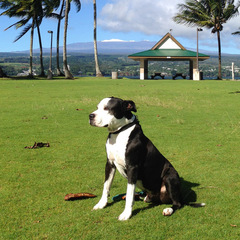




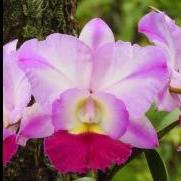
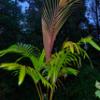






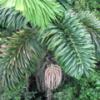
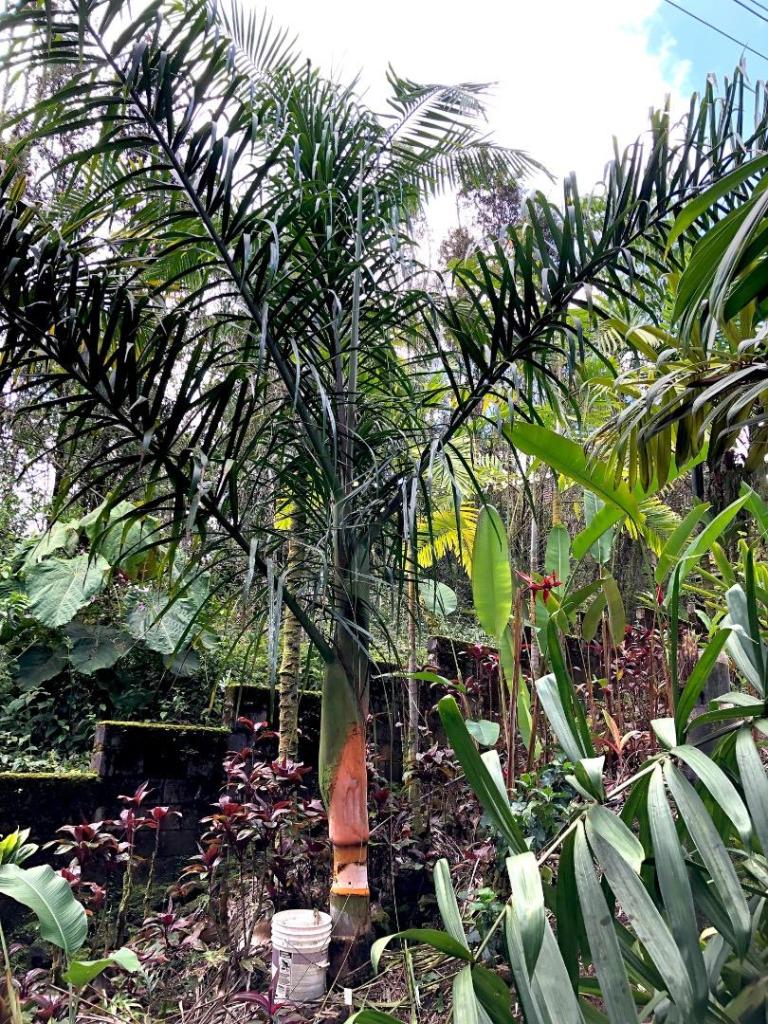





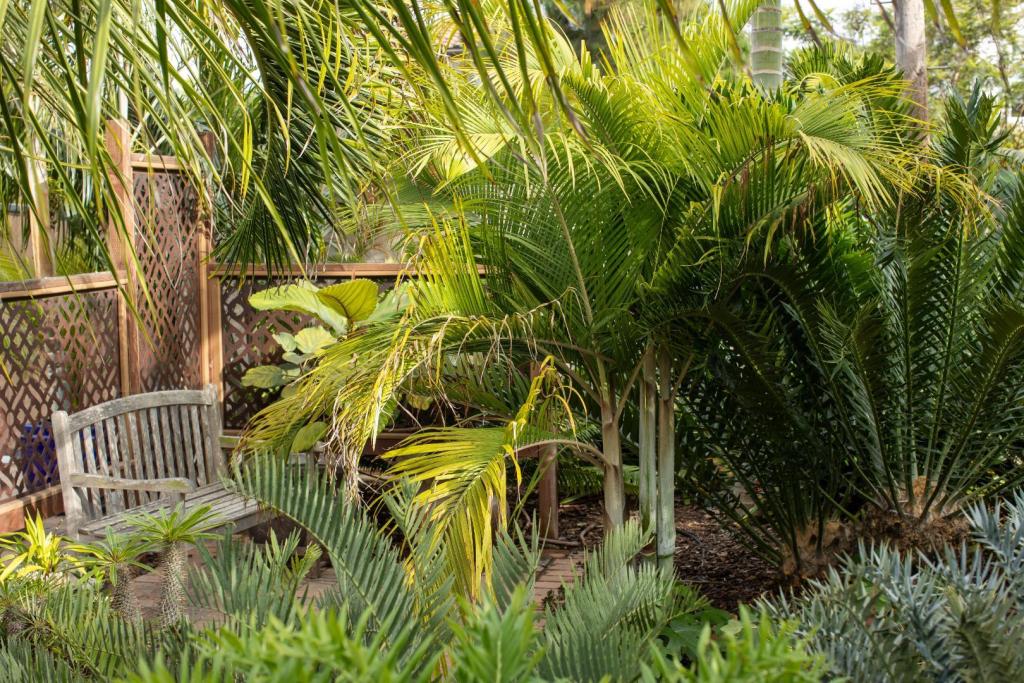
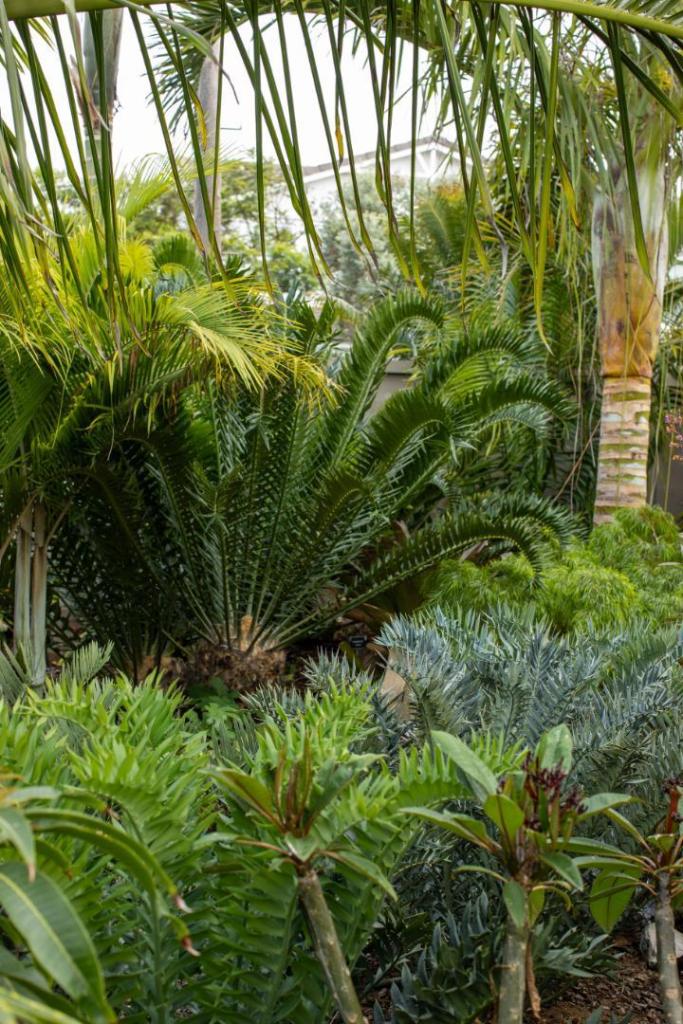




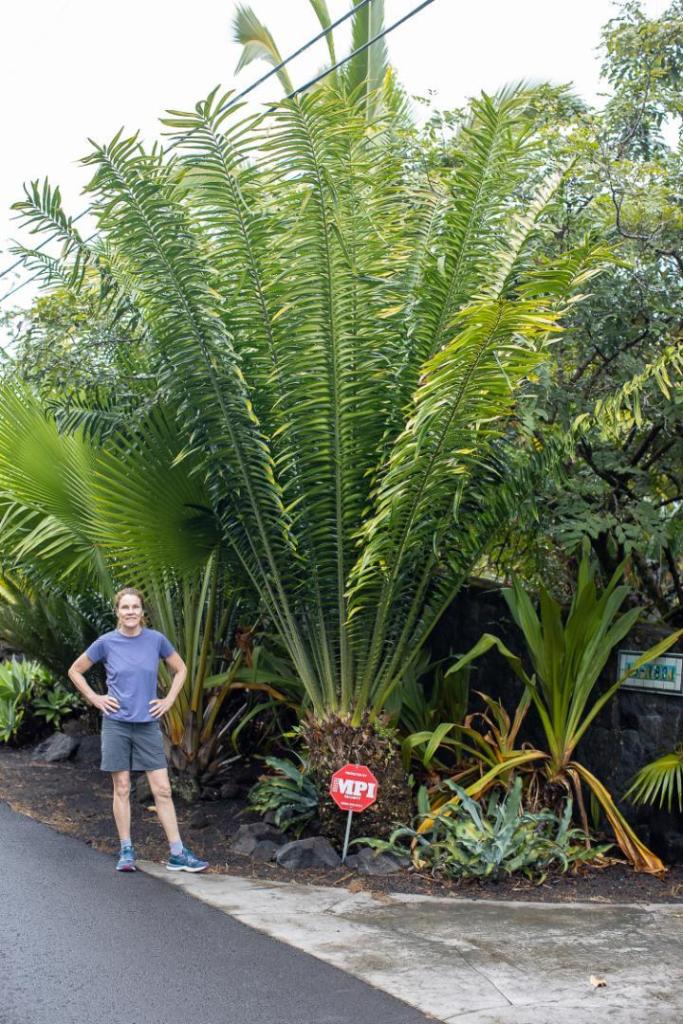


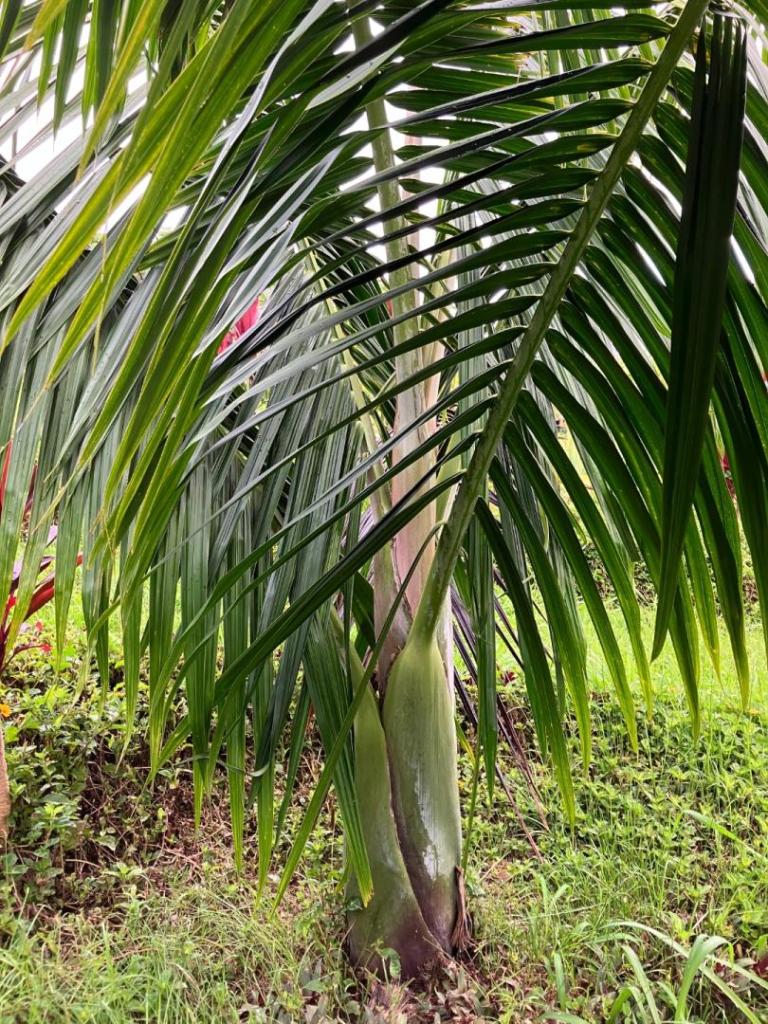

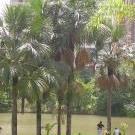


.jpg.0cf735c7525858af1582442942bc68e8.thumb.jpg.894f59a749fff01eb286c1fe4a50ab62.jpg)


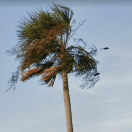



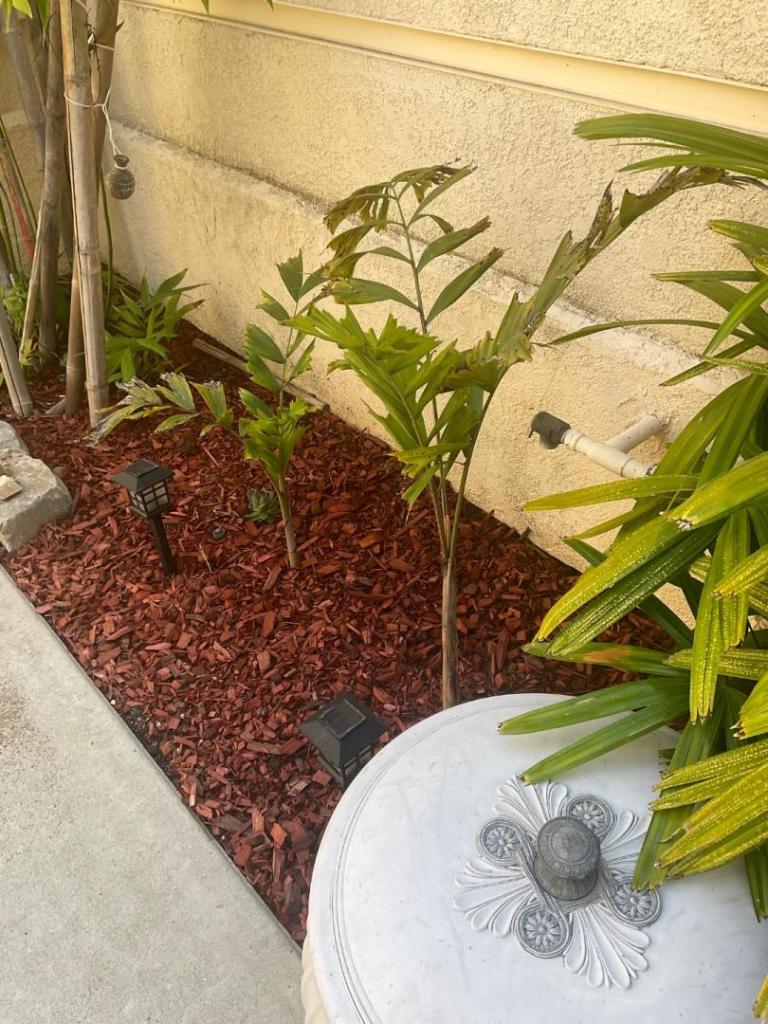
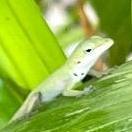
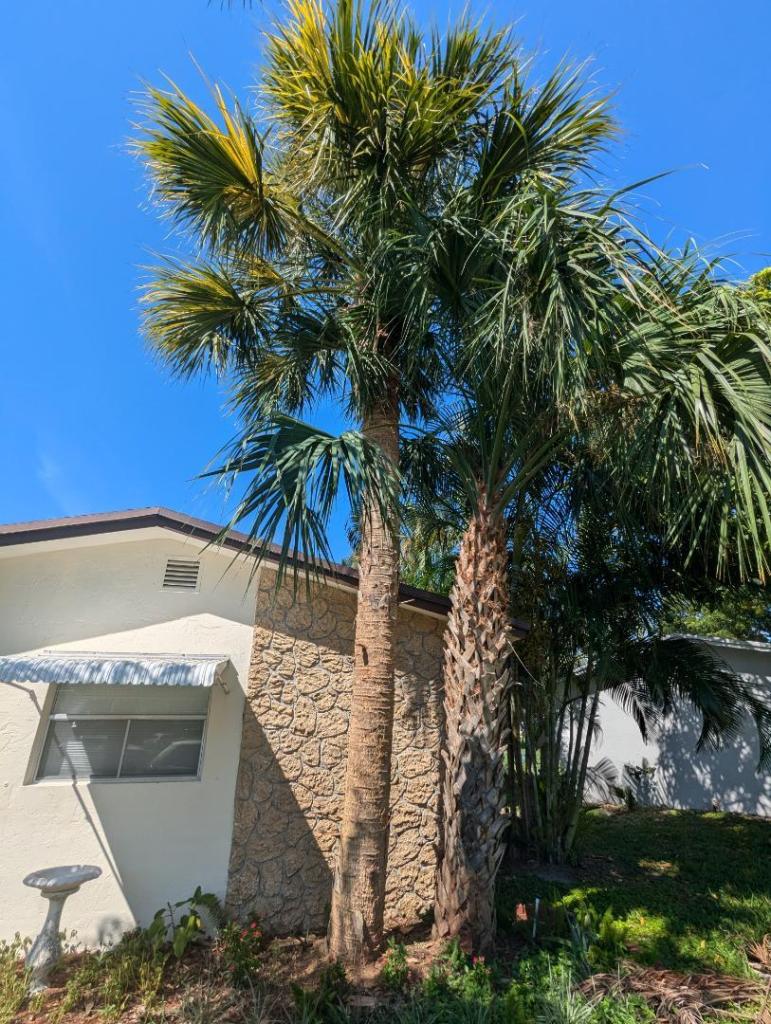


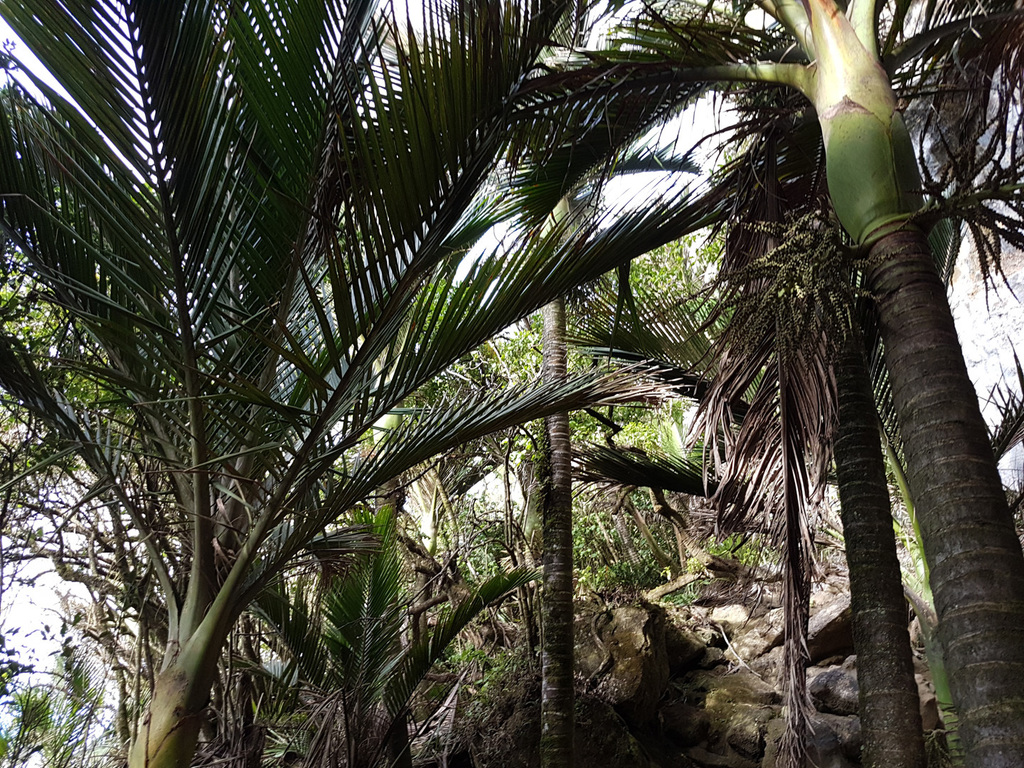
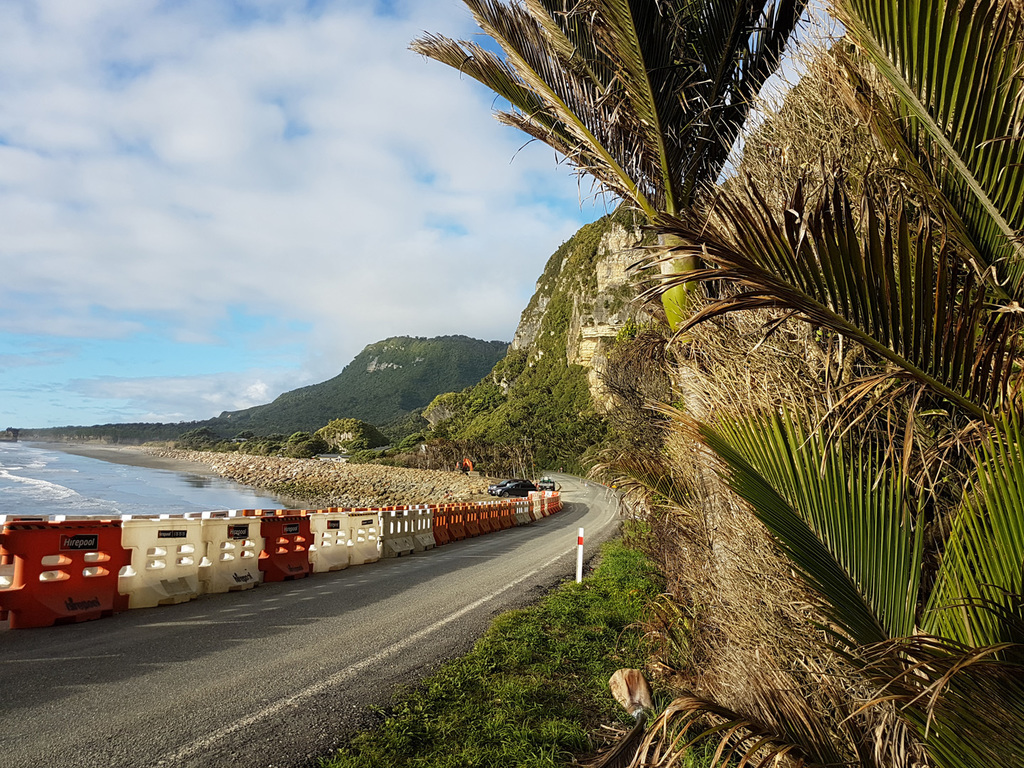
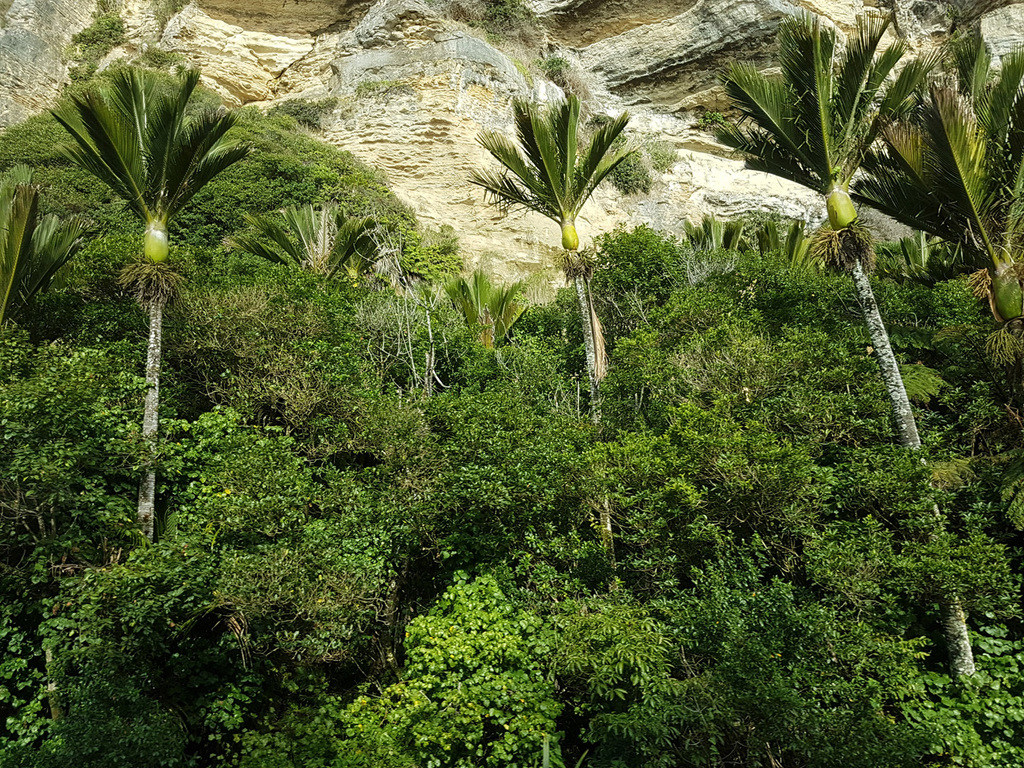

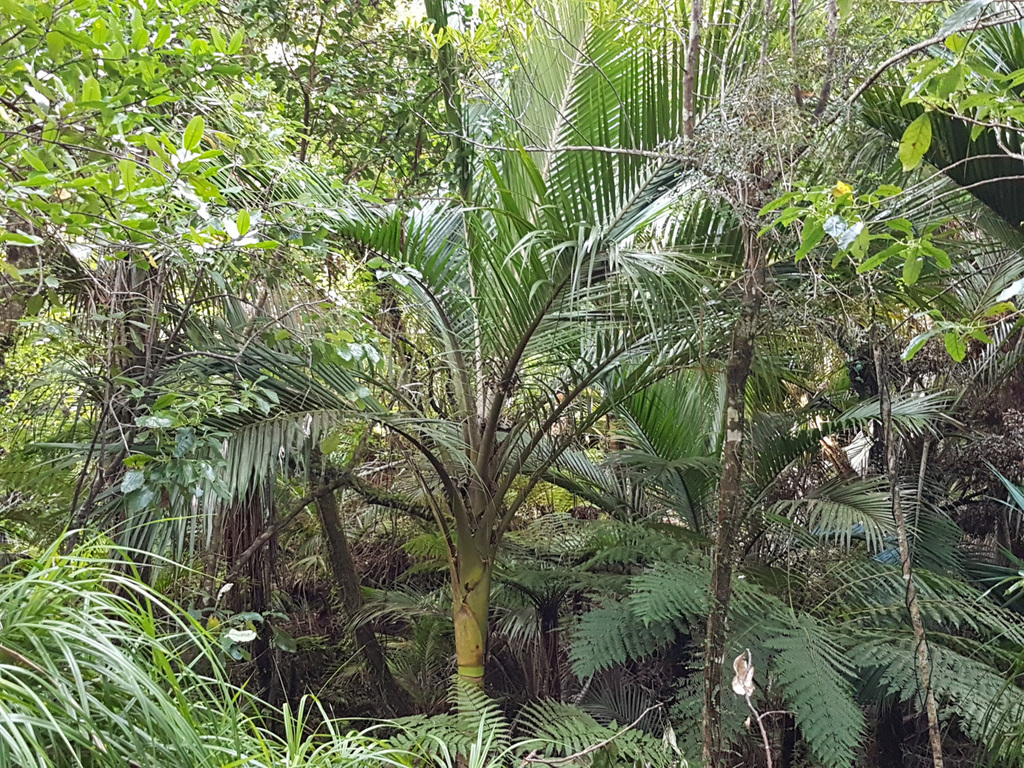

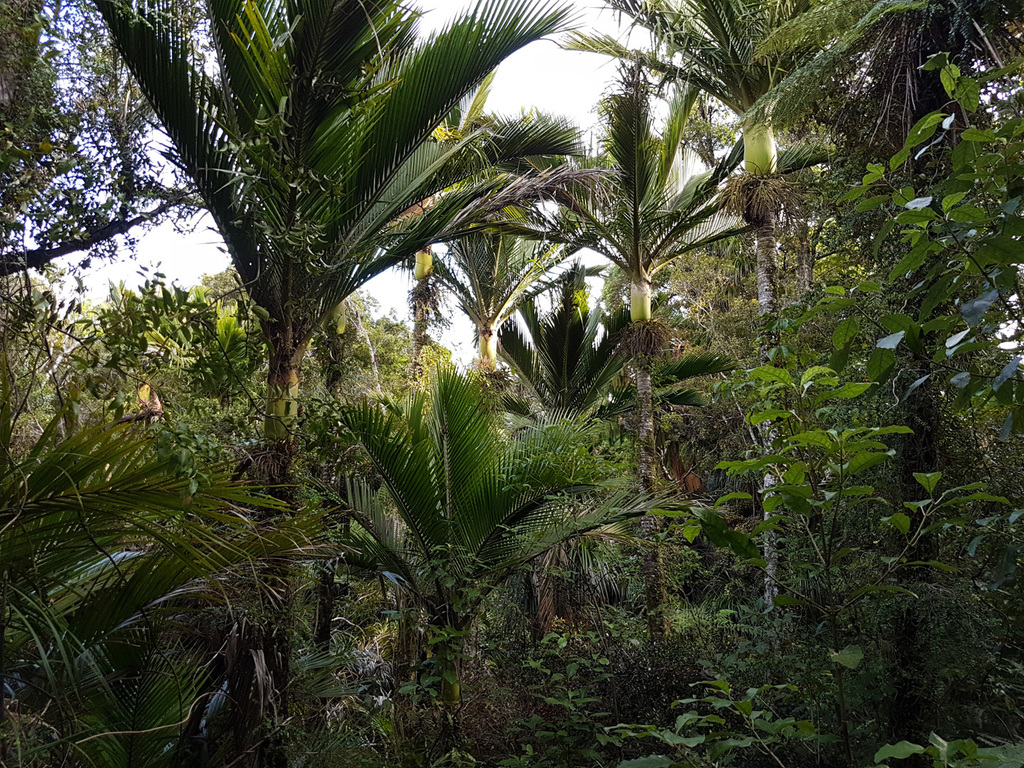
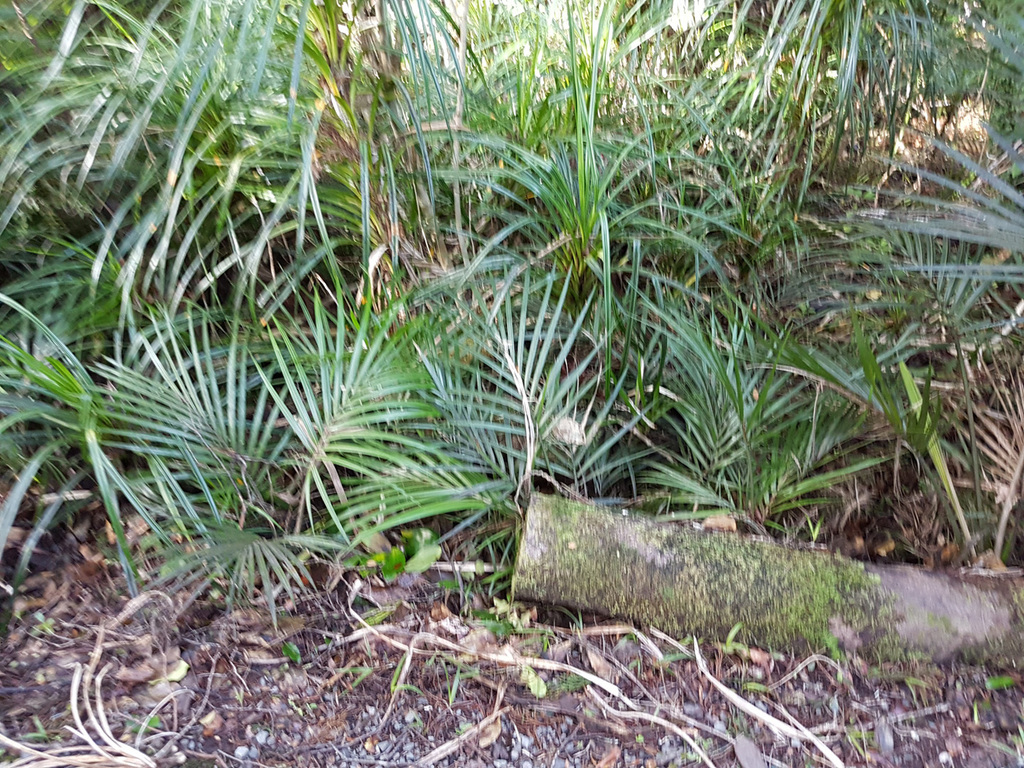
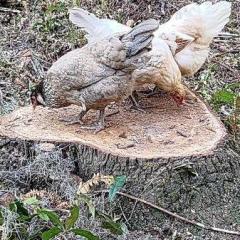



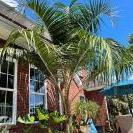
.thumb.jpg.42c5a6a7cc1224c79cf368ad6de32616.jpg)
.thumb.jpg.4f609a4c057fb44cf0423ecd914ccf8a.jpg)
.thumb.jpg.95d91e8677f7c05ecff134fea266bf1a.jpg)